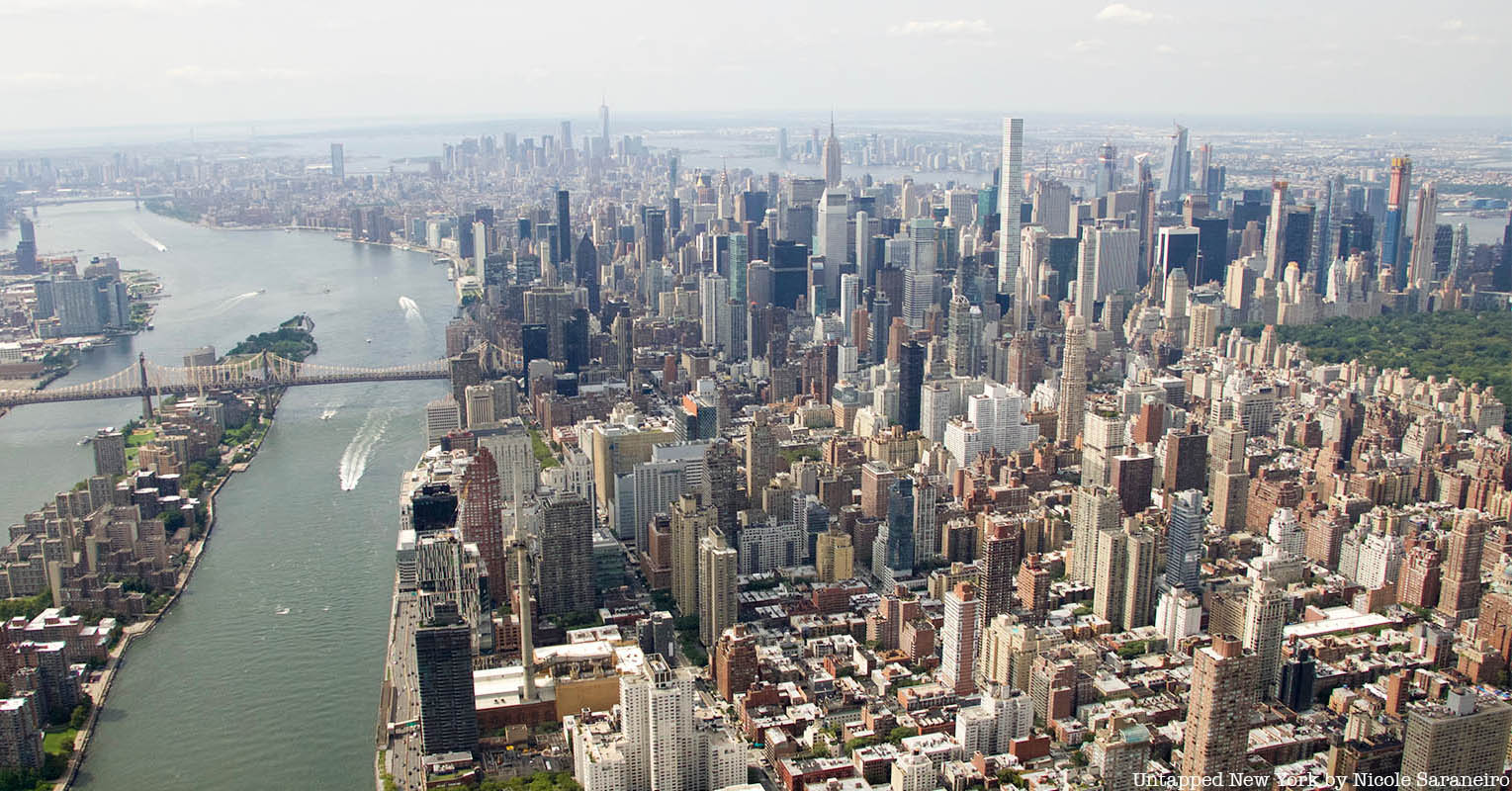In its 40-year-long run, the Callahan decree has guaranteed a bed to sleep in for homeless populations in NYC. But what do we do when there aren’t enough beds?
Since 1981, the homeless population of New York City and the State has been legally guaranteed access to shelter, secured by the Callahan v. Carey case. The case, settled in 1981 but started in 1979, was headlined by lawyer Robert Hayes and key witness Robert Callahan. Hayes fought against New York City and the State with the argument that the state’s constitution establishes a responsibility to provide shelter.
During the Great Depression, as the city was deemed the economic capital of the country, it faced increasing numbers of unemployment and homelessness. In this era, New York amended the state constitution in Article XVII to reinstate that “the aid, care, and support of the needy are public concerns.” The Article also states that support “shall be provided by the state and by such of its subdivisions.” Hayes used this article to prove that the right to shelter is a constitutional right in New York State.
The suit was settled with a consent decree that stated that the city then had a responsibility to provide shelter to all homeless men. These men had to either meet standards for welfare or be homeless for physical, mental, or social reasons. Tragically, Mr. Callahan, the representative for all homeless men in the court case, was found dead before the decree was enacted.
When someone requests a bed by a certain time, they are given a bed to sleep in, per the law. That has remained true to this day. Shelters are still required to provide beds to those who ask for them, but with a recent rise in the number of migrants seeking shelter, it is becoming more and more difficult for the city to provide for them.
New York City conditions can be brutal: the temperamental weather in the summers and winters, pollution-based smog, and the ever-increasing cost of housing, food, and subway fares all pose obstacles. The city’s ailments can be even worse for those struggling with mental or physical illness, veterans, and those who are already living below the poverty line and meet the standard for federal welfare.
Since its enactment in the 1980s, the decree has faced many changes. In 2009: a motion required the city to (a) provide shelter to both men and women and (b) end the repeated use of overnight beds. This opened up the opportunity for more of New York’s homeless population to seek asylum. Two years later, in 2011, Mayor Bloomberg introduced new eligibility restrictions for those seeking shelter. The new limits were ruled a “nullity” by New York State Supreme Court Justice Gisene.
When the city imposes restrictions, like those in 2011, the Coalition for the Homeless, started by Hayes with the lawsuit, fights back. This time around, the Coalition is once again fighting for the rights of unhoused people.
Since 2022, the city has seen an influx of migrant asylum seekers, more than 100,000. The issue is political; Republican Governors in states like Texas have sent buses to more left-leaning and Democrat-lead cities, like NYC. Though cities like Washington D.C. are seeing the same wave, they do not have the same legal right to shelter for asylum seekers. While aiding almost a hundred thousand people, it poses a unique problem to the city: How can NYC meet the needs of this new wave?
The city is attempting to account for the novel increase in asylum seekers using various methods. In an effort to cut costs back in May, Mayor Eric Adams requested that the decree be modified to exempt the City from its obligation to provide shelter when it “lacks the resources and capacity to establish and maintain sufficient shelter sites, staffing, and security to provide safe and appropriate shelter.” The Mayor’s office recently instituted a 60-day time limit for those staying in shelters and requested federal funding from the Emergency Management Agency. The agency granted the city less than ten percent of what it needed, giving it $30.5 million.
The city has also introduced new shelters, like one that opened last week on Randall’s Island. In its first three days open, the shelter housed 350 new migrants. There are also new shelters at Creedmoor Psychiatric Center in Queens, and one soon to come at Floyd Bennett Field. The addition of new shelters will allow for more asylum seekers to be granted their legal right to shelter.
Mayor Adams is currently working with universities and colleges like New York University, the City University of New York (CUNY), Hunter College, Columbia University, and more. Students at these schools will help migrants fill out asylum applications to gain access to shelter in the city. Those living in New York can sign up to volunteer. You can also donate to or volunteer for the Coalition for the Homeless to help protect the right to shelter.






